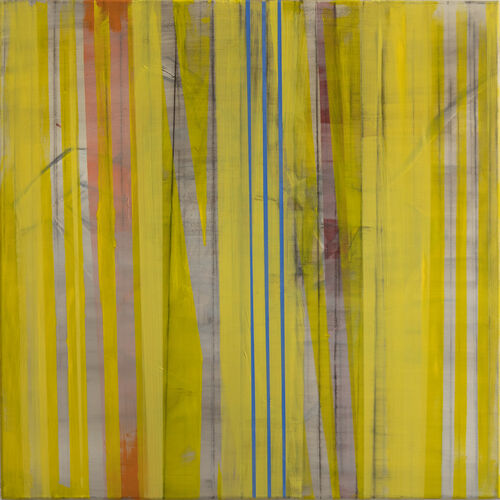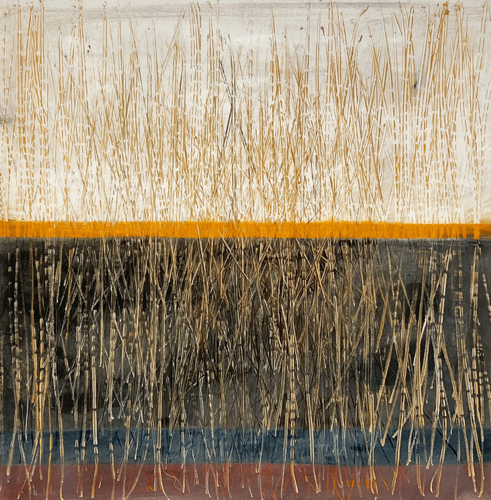Black people as complex human beings: this form of representation was largely unknown in books, plays and works of art until the beginning of the 20th century. At the end of the 1910s, many Black Americans settled in Harlem in New York City. They left their previous places of residence, especially in the southern states, due to newly emerging racial segregation laws. These did not exist in many northern states. Harlem became the center of »African-American culture«. Many artists and writers produced radical new works that depicted the modern life of black Americans and saw them as people beyond stereotypes. The art and cultural movement of the 1920s and 1930s known as the Harlem Renaissance was the first of its kind and its influences continue to have an impact today. In The Harlem Renaissance and Transatlantic Modernism, the Metropolitan Museum of Art presents around 160 works of art from the period. The show can be seen in New York from February 25 to July 28.
For the first time since 1987, a major New York museum is again devoting itself to the Harlem Renaissance. On display are works by Charles Alston, Aaron Douglas, Meta Warrick Fuller, William H. Johnson, Archibald Motley, Winold Reiss, Augusta Savage, James Van Der Zee, and Laura Wheeler Waring, among others, who created portraits, paintings of city and nightlife as well as important images of early mass protests and Black activism. No common style emerged. Rather, the movement offered artists the freedom to find individual forms of expression. Diversity, complexity and creativity are the unifying elements of this renaissance.










